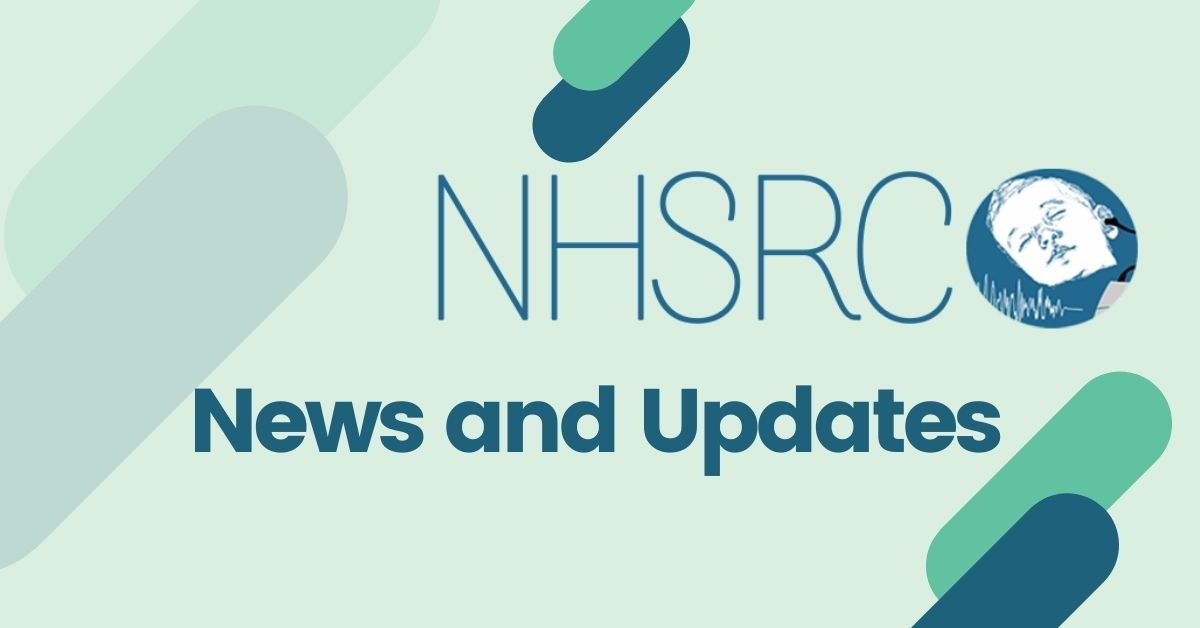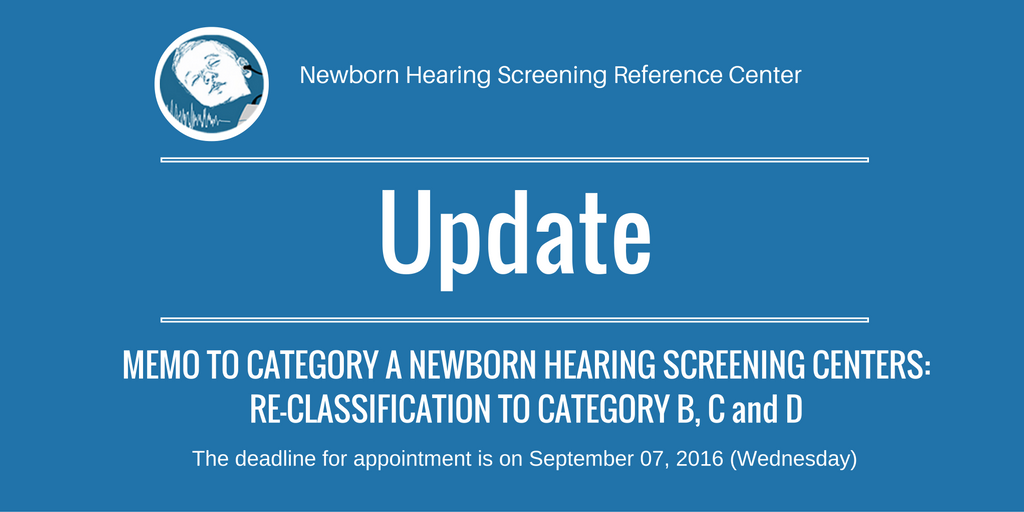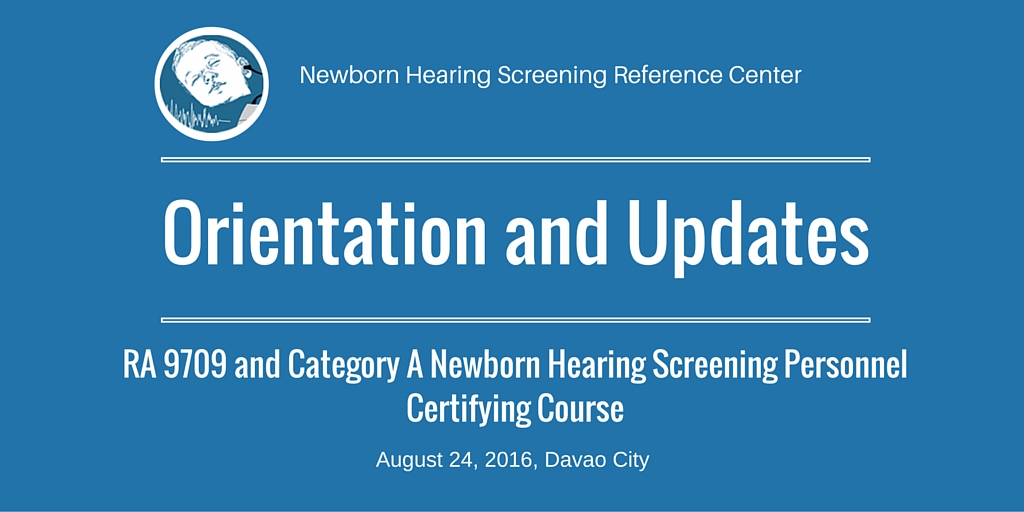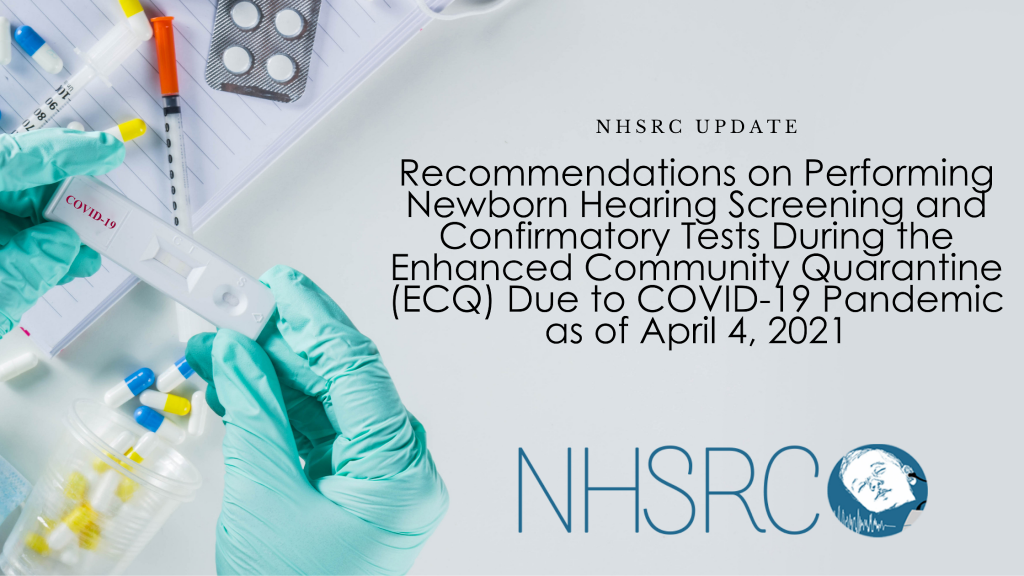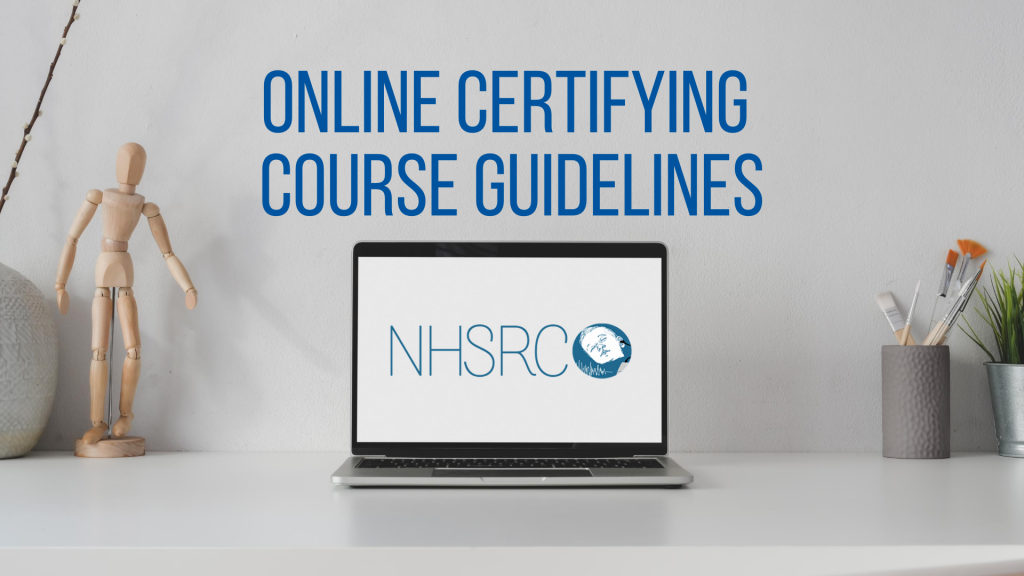Dear Manager, Screeners, and other Newborn Hearing Personnel,
Greetings!
Since 2009, the Philippines already had a law recognizing the significant impact of congenital
hearing loss through Republic Act 9709 or the Universal Newborn Hearing Screening and Intervention
Act. The NHSRC under the NIH was created as the technical arm of the Department of Health in
implementing the law. One of the major functions of the NHSRC is the maintenance of a registry database.
In 2021, the Philippine Society of Otolaryngology Head and Neck Surgery supported the creation of this
database through a research grant. HarmoniMD and Electronic Health Records International – Philippines
was contracted to create and host a web-based registry database that was supposed to run for one year.
The system was maintained until October 2018 when a plan to migrate the database to local servers to
adhere to the Data Privacy Act of 2012 was made. Hearing screening centers were asked to revert to the
spreadsheet or MS Excel reporting. Entry into the registry requires the use of a Newborn Hearing
Screening Registry card. The data in this card is to be entered by a certified hearing screener. The cost
of this card is Php 50.00 (~$1 USD). This is part of the Php 200 (~ $4 USD) which Philhealth covers for
hearing screening using Otoacoustic Emissions or Automated Auditory Brainstem Response.
The original registry was focused on the screening aspect of the program. It did not provide the
hearing centers clear instructions on how to report confirmatory test results and hearing intervention. In
2019, the NHSRC already began talks with the National Telehealth Center to create the Integrated
Philippine Electronic National Newborn Hearing Screening Registry and Children with Hearing
Impairment Management Systems. Unlike the original system, the new system features a user-centered
design which should ensure that this version is more efficient, effective, and satisfying to the user. Testing
processes will be implemented from the beginning of database development and consistently while it is
being used. It is designed to present medical information to program administrators and healthcare
providers in Category A, B, C, and D Hearing Centers nationwide.
Together with the revision of the Manual of Operations of RA 9709 which will convert most of
the operations and services of the NHSRC to online, will be the launch of the new database system. The
Philippine National Ear Institute, the mother unit and research arm of the NHSRC shall conduct a usability
testing and pilot implementation of the new system. It will represent realistic exercises and conditions to
the participants. The purpose of this study is to test, validate and provide evidence on the usability of the
newly developed software. To this end, measures of effectiveness, efficiency, and user satisfaction, such
as ability and time to perform certain tasks, rating scales will be noted.
The study is entitled “Usability Testing of the Integrated Philippine Electronic National Newborn
Hearing Screening Registry and Children with Hearing Impairment Management Systems” and has
undergone technical and ethical review under the Research Implementation Development Office of the
University of the Philippines Manila College of Medicine (RIDO 2021-034) and UP Manila Research
Ethics Board (UPMREB 2021-365-EX), respectively. This study will be funded by the Newborn Hearing
Screening Reference Center and endorsed by the Department of Health as a quality assurance process.
In this light, we would like to inform you that a Project Manager, Ms. Maika Lacson from the
Philippine National Ear Institute MAY contact you to participate in this usability study between
September 11 to 20, 2021. The training and focused group discussions will be on October 3 and 10, 2021
(Sundays) 8:00 am to 12:00 noon. Participants shall be randomly selected may opt not to participate.
However, take note that all of you shall eventually undergo this process – retrain and undergo
recertification to encode into the database and generate results. It is NOT possible to volunteer. Only 28
participants out of the more than 3500 potential users of the database system shall be given incentives and
the opportunity to evaluate and make changes to the system before it is launched during the 1st quarter of
2022.
We are hoping for your enthusiastic participation if you will be recruited.

